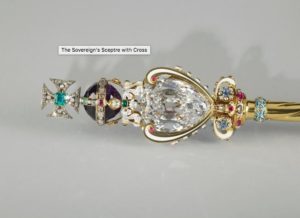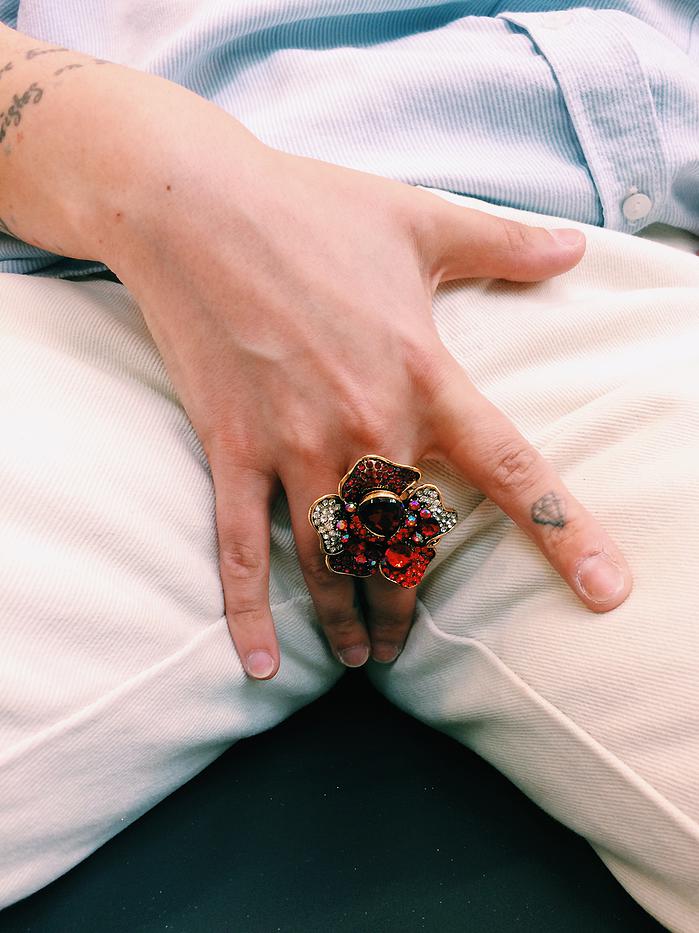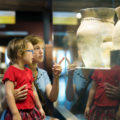
The British Crown Jewels are composed of over 100 objects containing over 23,000 jewels. These Crown Jewels include the coronation regalia (the Sovereign’s Sceptre with Cross, the Sovereign’s Orb, and the Coronation Spoon), the Queen Mother’s Crown, and many more bejeweled objects. However, while these jewels are often regarded as beautiful and prominent symbols of the wealth of the monarchy, many individuals are unaware of the tumultuous history behind these jewels. Some of the larger jewels such as the Kohinoor diamond and the Great Star of Africa (Cullinan I) diamond have been exposed as being looted from countries previously under the imperialist rule of Britain. Since the recent death of Queen Elizabeth II on September 8th, 2022, there have been increased debates and demands for the royal family of Britain to return their stolen jewels to the countries from which they originated.
As depicted above, the Queen Mother’s Crown contains a massive diamond (totaling 105.6 carats) set front and center; this diamond is entitled the Kohinoor or Koh-i-Nur. This diamond has a long and debated history potentially originating in 1310 in the Kakatiya dynasty in the Kollur mine in the area that is now considered the country of India. It has been said that this diamond was used as the left eye of a Hindu goddess in the Bhadrakali Temple. The diamond then passed between the hands of other succeeding dynasties occupying various areas within Persia or what we now call the “Middle East.” The history of the diamond solidifies in the 1740s, during which the diamond was said to be set in the Peacock Throne. The Kohinoor finally ended up in the hands of the British empire when the East Indian Company took the diamond from the young Maharaja Duleep Singh who was the last ruler of the Punjab. The diamond was then given to Queen Victoria following Britain’s victory in the Anglo-Sikh wars.

The other jewel depicted above resides in the Sovereign’s Sceptre with Cross which has been used at every coronation since the coronation of Charles II in 1661. The Cullinan I diamond, totaling 530.2 carats, was added to the scepter in 1910. This diamond was discovered in what today is considered South Africa in 1905 in the Premier Mine. The British narrative is then that the diamond was presented to King Edward VII. However, many South African individuals have rejected this story, stating that the government of Transvaal (where the diamond was found) and its subsequent mining were illegal. There have been thousands of individuals calling for the return of the Cullinan I or the Great Star of Africa to South Africa, as that’s where it originated from.
These two instances of stolen jewels barely scratch the surface of the amount of looted and stolen art the British Empire has come into possession of throughout its history. The British Empire and its raging imperialism contributed to many crimes against humanity including slavery of many of the peoples of the countries/lands which they stole and annexed into their empire.
The main question of this debate has been whether or not Britain should return their crown jewels, which play important roles in its history and culture. Some may argue that the return of the jewels and other stolen art does not pose any significance as the countries from which they were stolen have been without these jewels, etc. for a long time. However, the two diamonds discussed and depicted above have been requested back from the British monarchy to India and South Africa respectively. Whether or not the diamonds should be given to the rulers of said countries to be used for potentially monetary reasons or given to museums in their respective countries should not play a role in the decision to return them.
Ultimately the question should not be “whether or not Britain should return their crown jewels” but rather “how can Britain make up for decades of imperialist crimes against humanity.” The return of these two diamonds would simply be a symbol of Britain moving past its ugly history into hopefully a less colonialistic future. The stolen crown jewels as well as any looted art should be ultimately returned to the peoples and lands from which they originated from. Not only is the theft of art a crime against the original people and culture, but for the art to then be used as symbols of the thief’s power and wealth further perpetuates the cruelty of the crime.







